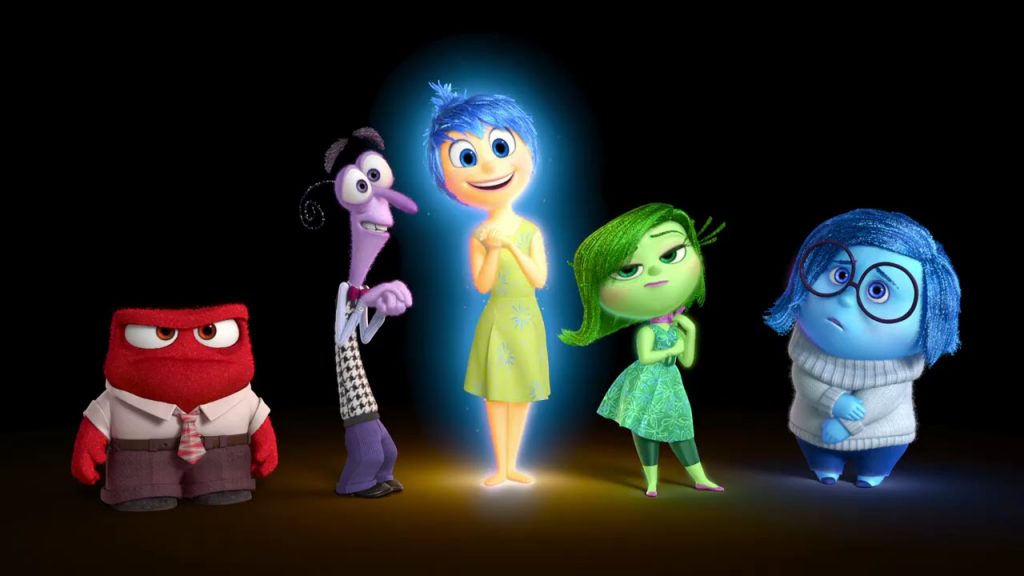Going through the past few years, the Disney-Pixar dream team of animated filmmaking surprisingly lacks. While none of their last few films are flat-out horrible, there’s been an absence of that certain charm that truly woos over the audience. Brave, for example, was only a serviceable popcorn flick with little to write home about. Their reliance on sequels hasn’t been successful either, what with Monsters University as a weak nostalgia play and a continuation of the Cars franchise that everyone wants to forget about already. But even with these lackluster movies, can we really say that Disney/Pixar’s best years are behind it? Fortunately, Pete Docter’s Inside Out has something to say about that.
Everyone has those little voices inside their heads that tell them what to think, what to do and perhaps most importantly, how to feel (good sentence, maybe a good lede?). Inside Out presents the story of those voices and how hard they work to make us who we are. When a young girl named Riley moves from her home in snowy Minnesota to the strange new territory of San Francisco, the emotions within her—Joy, Sadness, Disgust, Anger and Fear—do their best to help her adjust to a new home, new school and new life. Joy—the self-appointed leader of the emotion team—tries to keep Riley constantly optimistic through these changes while keeping her companion Sadness at bay to try and keep Riley’s life perfect. But when Joy, Sadness and some of Riley’s most precious memories become lost within the vast confines of Riley’s mind, they must work together to fix things before Riley’s personality falls apart.
For the first time in what seems to be a long time, Pixar hits plenty of high notes with their “(e)motion picture.” Naturally, the animation is spectacular. While the outside world is expectedly detailed and nice-looking, the world inside Riley’s mind is the real visual treat. From the bright and glittery cast of feelings to the quite-literally imaginative set pieces serving as aspects of Riley, everything seems to burst with color and style that we’d be glad to find at work in our own heads.
The casting boasts some pitch-perfect voices working in glorious tandem. As Amy Poehler (Parks and Recreation) channels some gleefully cheerful energy into portraying Joy, Sadness’ trademark slumps are portrayed beautifully by her strikingly-similar looking voice Phyllis Smith (The Office). Meanwhile, Mindy Kaling (The Office, The Mindy Project) makes good use of her patented snarky-ness while voicing Disgust, and no one could do Anger better than the loud and irritable comedian Lewis Black. Bill Hader even brings a wondrous sense of panic to Fear’s character. But the outstanding feature of the film is how well the movie tackled its theme of emotions. Going above and beyond the usual “great for kids but fun for adults too” claptrap, Inside Out touches upon a complex topic with originality, a healthy amount of depth and a delightful dose of wit and humor. It’s very fitting that everyone in the cast shares the spotlight so fluidly, because it further pushes the movie’s thoughtful message of how all of our emotions—working together and taken in moderation—can each help us grow and change for the better.
For anyone worried about Pixar’s best years being behind it, look no further than Inside Out for proof that their storytelling abilities are still a force to be reckoned with.




Comments are closed.